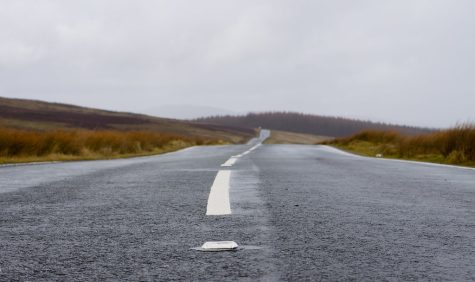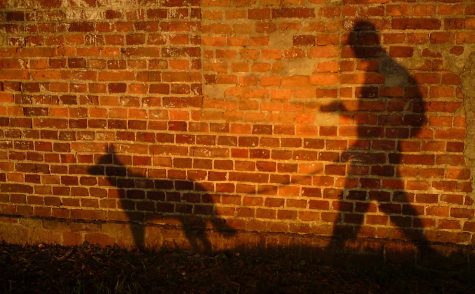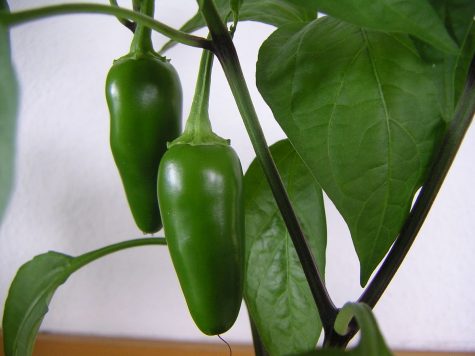Botany
November 8, 2022
Mr. Heffernan was harmless. He smiled easily, greeted everyone good morning, volunteered for the most unpleasant school assignments: bathroom monitor; dance supervisor; he raced with an egg and spoon at each pep rally, sometimes kicking off his canvas clogs for a dash to the finish if victory was in reach. His A.P. Bio students routinely crushed state averages. In fact, Mr. Heffernan had not had a single student score below a four in eleven years. The only issue was his pumpkins.
Pumpkins lined every corner of his classroom, “inspiration for future botanists” he would say. But a quick drive revealed his dilapidated pink farmhouse to be busting with pumpkins as well.
And though the windows of his Chevy Volt were darkly tinted, Dan Jennings once noticed that Mr. Heffernan had two toddler boosters in his back seat and into each was strapped a shining, strong-stemmed gourd.
“You sure you’re ok leaving those, Mr. H?” Dan joked.
But Mr. Heffernan only winced and said that it certainly wasn’t the best part of his day.
Addie Ansaro, who lived in his neighborhood, said that she once saw him slow dancing with a pumpkin in his den as she walked her dog one autumn evening.
Such contrasts of oddity and excellence tend to spark questions about how a teacher with so little apparent charisma could achieve such prolonged professional excellence. Mr. Heffernan would only say cryptically, his eyes like fiery orange orbs, that poor students make excellent fertilizer.





